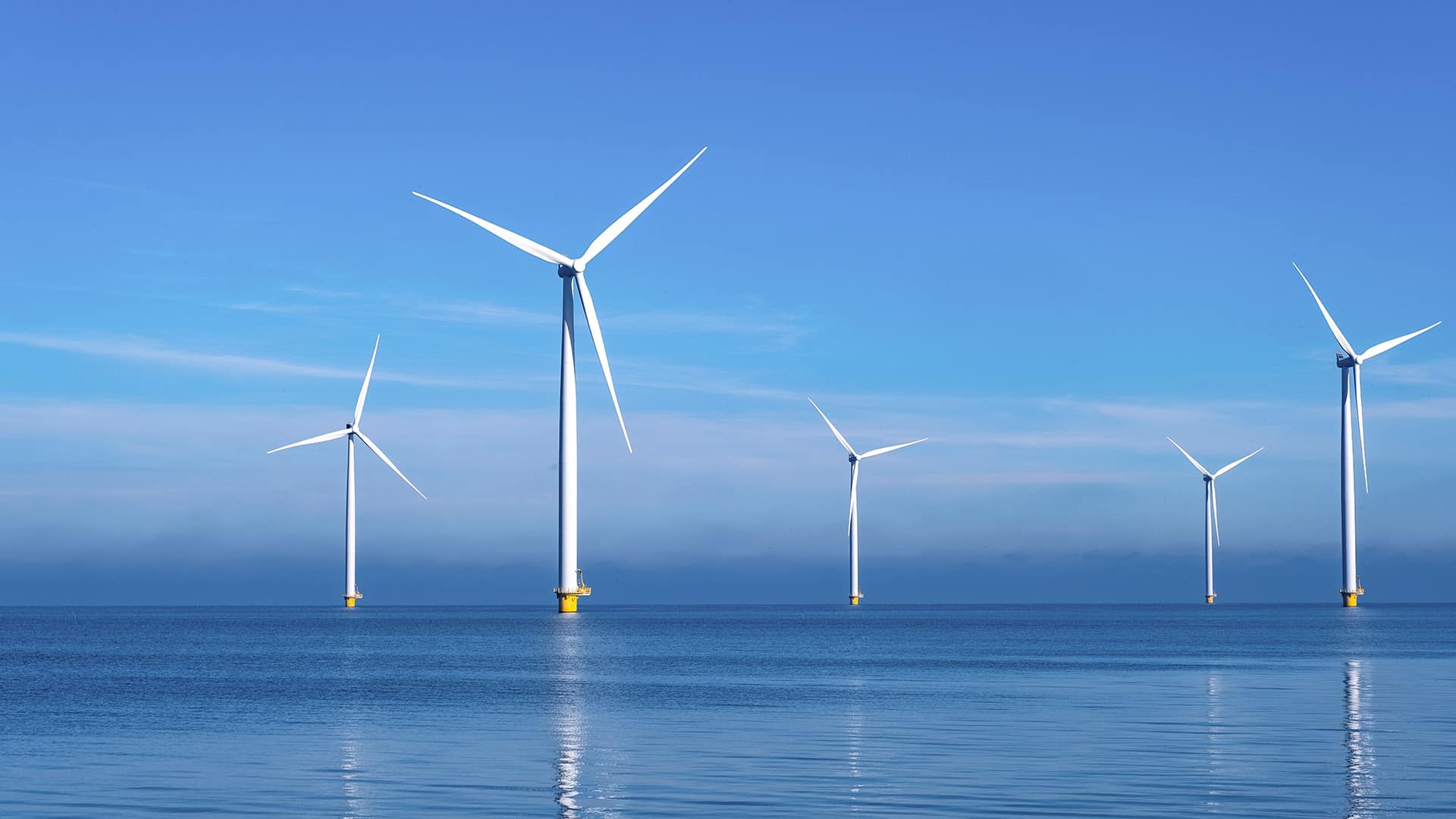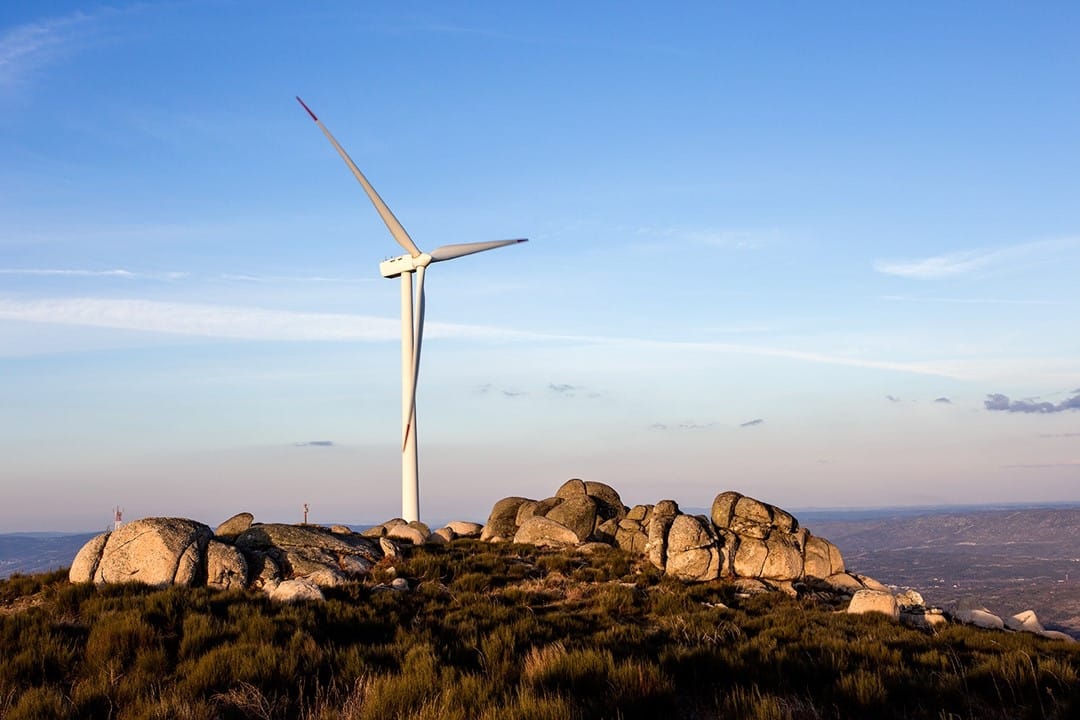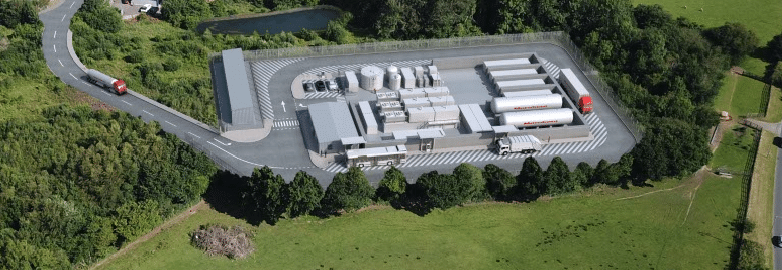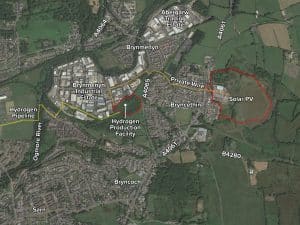Projects
Floating Offshore & Wind

Marubeni has significant experience of developing, constructing and operating floating offshore wind farms. Through the Fukushima and Kita-Kyushu projects in Japan, as well as development projects in Europe, Marubeni has experience of several different floating foundation types as well as a floating offshore substation, with operational experience dating from 2013. This knowledge allows the company to consider the most suitable technologies for the specific conditions and requirements of future projects.
In 2011, Marubeni was the first Japanese Independent Power Producer (IPP) to invest in an offshore wind project in the UK.
Since then, we’ve extended our expertise with projects both in the UK and Japan.
We specialise in floating technologies, having completed projects with five different floating foundation types.
Ossian

Ossian is a development stage offshore wind project approximately 84km off the east coast of Scotland.
Developed in collaboration with partners SSE Renewables and Copenhagen Infrastructure Partners, Ossian is one of the largest lease areas to be offered by Crown Estate Scotland to any bidder in the ScotWind leasing round. The lease area has average water depths of 72m, making the site suitable for the deployment of floating offshore wind turbines to deliver up to 3.6GW of new installed capacity – enough to be capable of powering up to 6 million homes annually and offsetting up to 7.5 million tonnes of carbon emissions each year.

Upper Ogmore

Marubeni is developing an onshore wind project in Bridgend, aiming to supply renewable power to local customers (local to local).
Potential to supply green electricity from 25.7MW wind farm, expected to generate c.70GWh per annum Commercial operation expected in 2027
HyBont

Marubeni Corporation (“Marubeni”) intends to structure a Wales/Japan Collaboration hydrogen project to supply green hydrogen to consumers in South Wales, using a partnership approach, the “HyBont Project”.
The HyBont project involves designing, financing, procuring, constructing, owning, and operating an electrolyser plant with an electrical capacity of approximately 7.5MW, with the potential to produce approximately 500-750 tonnes of green hydrogen per annum. Renewable electricity will be sourced by private wire from local renewable solar generation or from other renewable sources via the grid under a sleeved Power Purchase Agreement (PPA) arrangement.
Key Project elements include:
- electrolyser modules (up to 6 MW HHV)
- Up to 5 tonnes of hydrogen storage (above ground tanks)
- Hydrogen compression
- Hydrogen refuelling station
- Substation
Ariel Plan:
